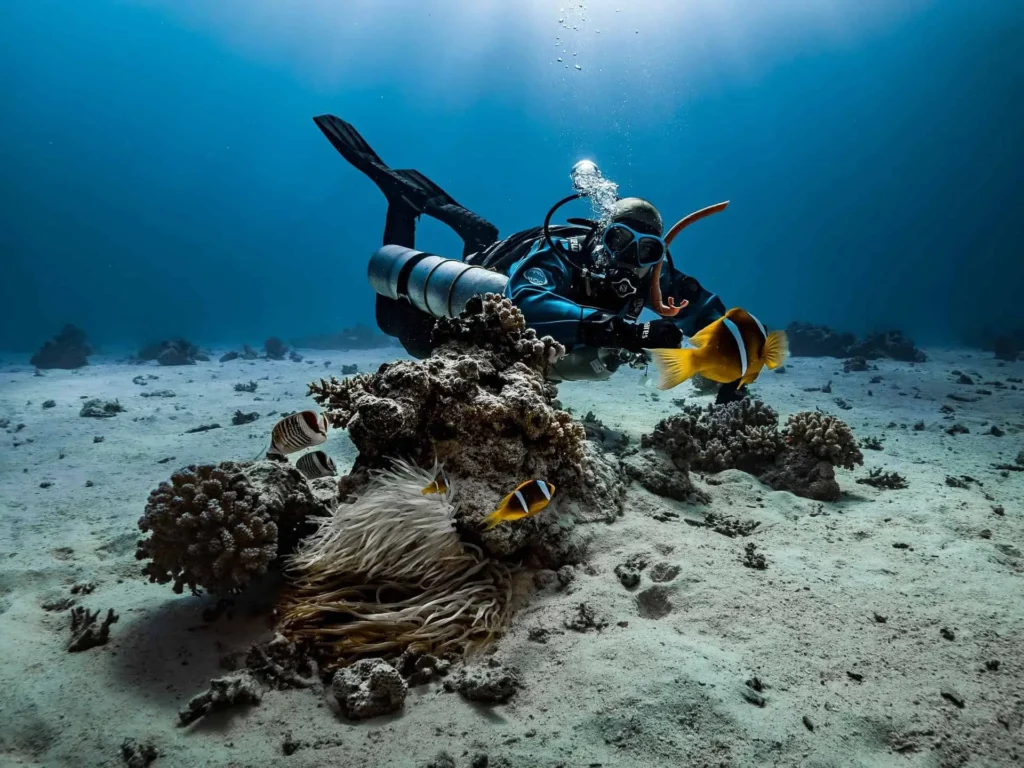The Red Sea is more than just a stunning natural boundary between continents; it’s a diver’s dream—an underwater realm brimming with unforgettable encounters, vibrant coral reefs, and marine biodiversity that will take your breath away. Whether you’re planning your first scuba diving expedition or already have a weight belt slung over your shoulder, the Red Sea offers an experience like no other. Let’s dive straight into this comprehensive guide to exploring the diving hotspots in the Red Sea.
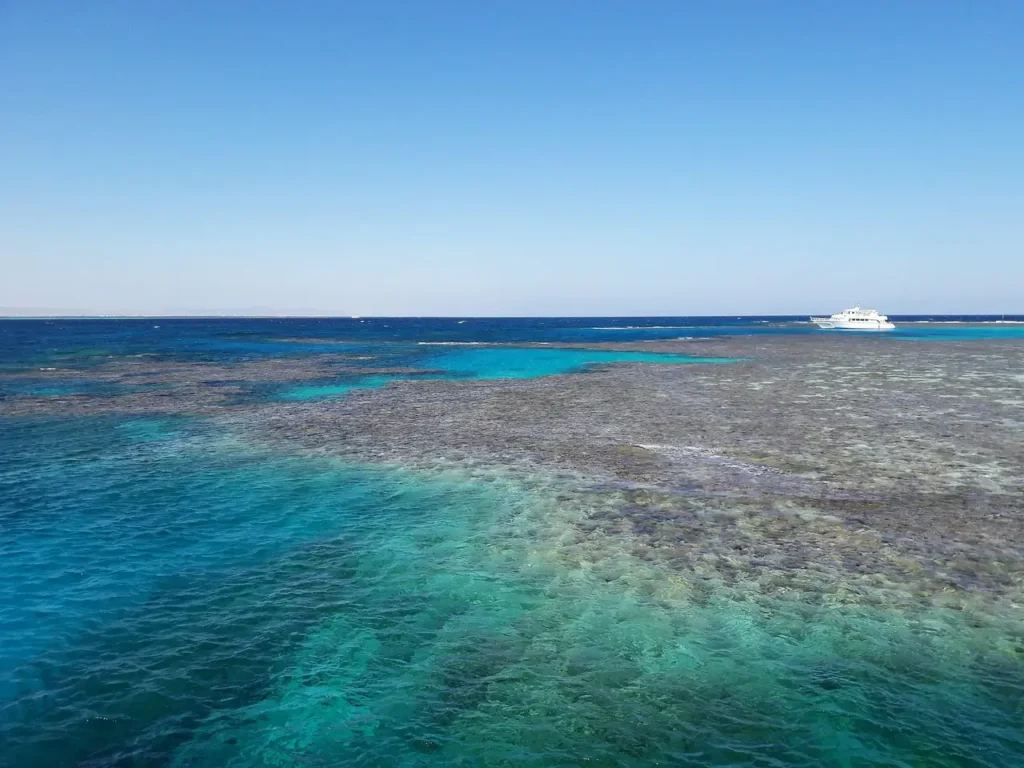
Why the Red Sea Deserves a Spot on Your Bucket List
Imagine plunging into crystal-clear waters where visibility stretches up to 30 meters, surrounded by intricate coral gardens and schools of glittering fish. The Red Sea is extraordinary—its warm, tranquil waters are not just a gateway to adventure but also a haven for marine life found nowhere else on Earth.
Key Reasons to Dive in the Red Sea:
- Biodiversity Galore: Over 1,200 marine species call the Red Sea home, including some found only here. You might encounter everything from Napoleon wrasses to pods of spinner dolphins.
- Unparalleled Conditions: Year-round diving is made possible by consistently warm water temperatures (21°C to 30°C) and excellent underwater visibility.
- World-Class Diving Sites: From beginner-friendly coral gardens to advanced deep-wall dives, the Red Sea caters to every diving preference.
Some areas, like Ras Mohammed National Park, are even listed as UNESCO World Heritage Sites, ensuring their pristine ecosystems are well-protected for generations to come.
Top Diving Hotspots in the Red Sea
When it comes to diving, the Red Sea feels like a treasure chest with infinite riches. Let’s break down the must-visit hotspots that should definitely feature on your itinerary:
1. Ras Mohammed National Park (Best for Biodiversity)
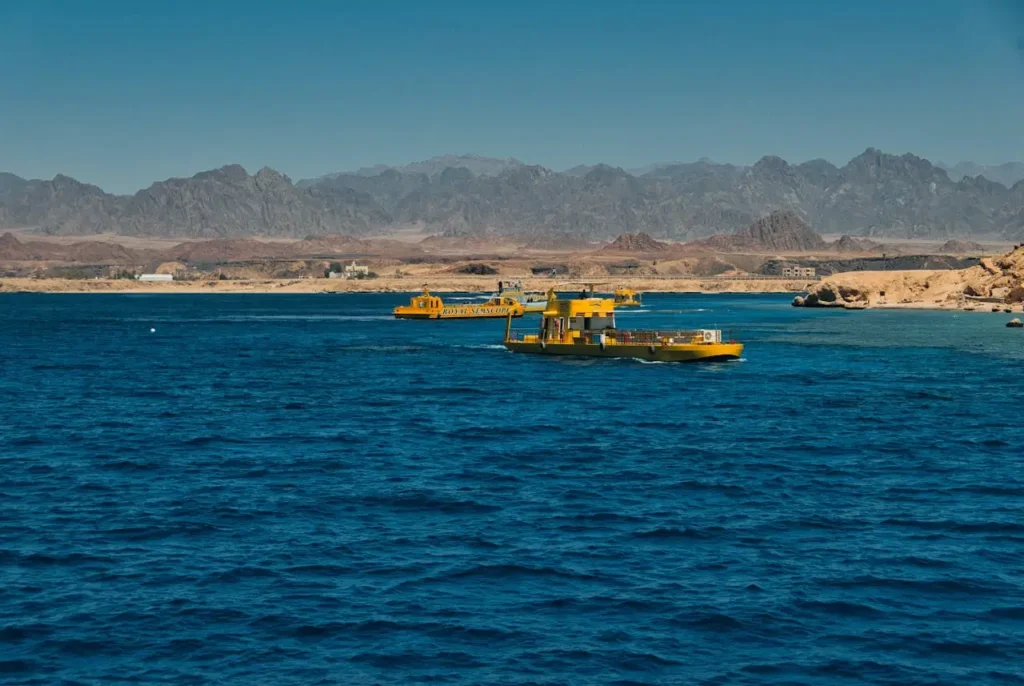
Ras Mohammed isn’t just a park; it’s an underwater masterpiece. From its shallow coral gardens to awe-inspiring deep walls, this spot brims with aquatic life and burstingly bright coral structures. Must-explore sites include Shark Reef, where currents draw in large pelagic species, and Yolanda Reef, a photogenic site adorned with abandoned ship cargo (think bathtubs and toilets turned into coral homes).
- What to Look For: Barracudas, jackfish, reef sharks, and vibrant coral formations.
- Best Time to Visit: March to May for peak marine activity.
2. The Blue Hole, Dahab (Best for Advanced Divers)
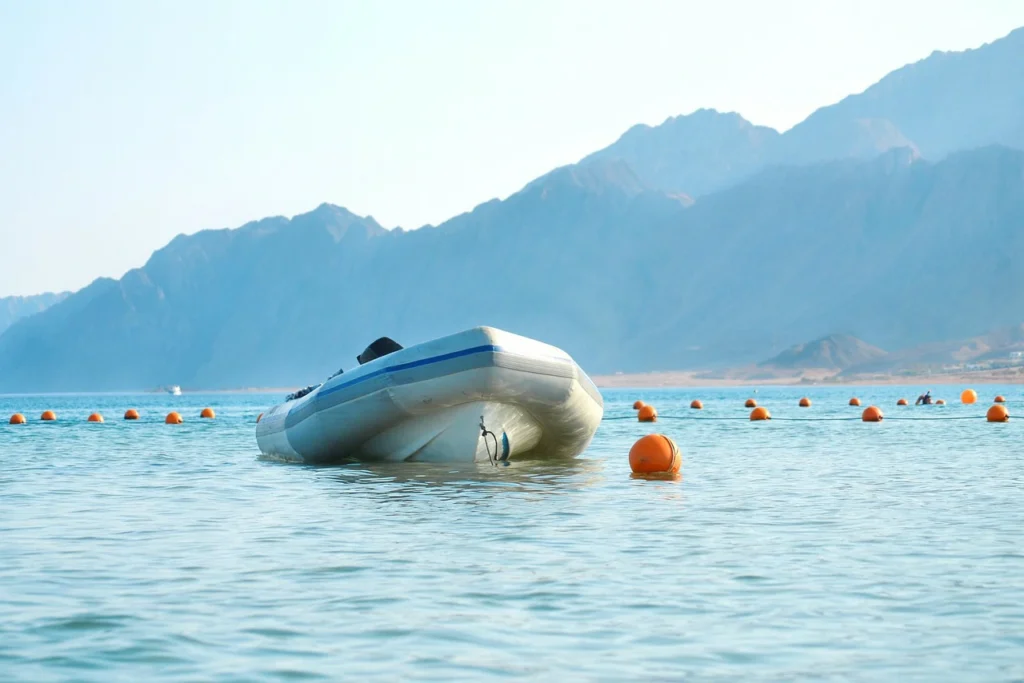
Dubbed “the diver’s Everest,” the Blue Hole is as thrilling as it is mysterious. The infamous “Arch,” located at roughly 55 meters below the surface, is both a marvel to explore and a challenge for experienced divers.
- Why Dive Here?: The vertical coral walls are extraordinary, and marine life such as unicornfish, groupers, and sweetlips thrive in this nutrient-rich environment.
- Safety Note: Given its depth and strong currents, this site is recommended for divers with advanced certifications and deep-dive experience.
3. Brothers Islands (For Big Pelagic Fans)
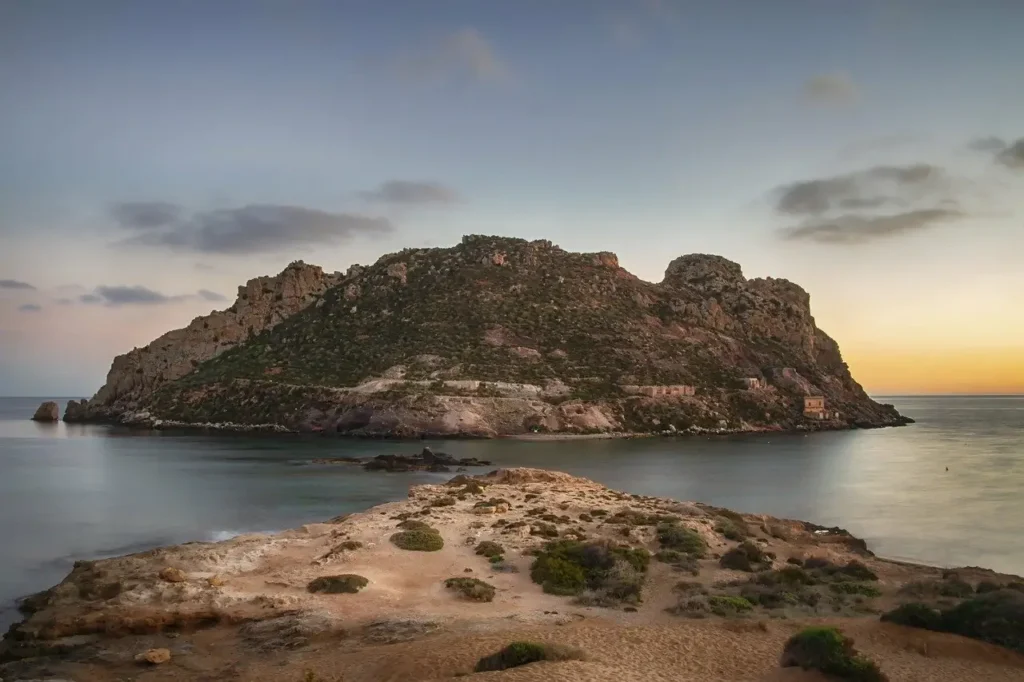
If encountering large marine predators is your cup of tea, head to the Brothers Islands. These two isolated reefs attract oceanic whitetip sharks, thresher sharks, and even occasionally hammerheads. You’ll also find a couple of fascinating wrecks, including Numidia and Aida, covered in colorful soft corals.
- Travel Tip: These sites are accessible only via liveaboard tours, so factor that into your trip planning.
4. Straits of Tiran (Best for Drift Diving)
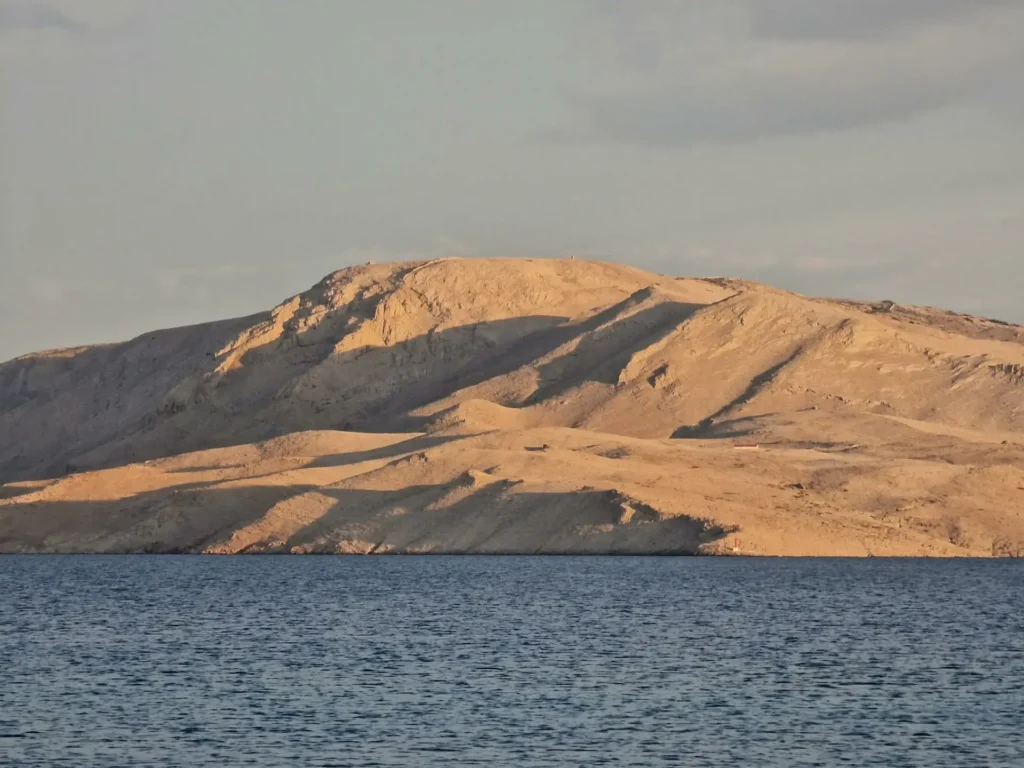
With its powerful currents, the Straits of Tiran offers exhilarating drift dives. The four reefs here—Jackson, Thomas, Woodhouse, and Gordon—offer dynamic marine life encounters, including sightings of reef sharks and eagle rays.
- Don’t Miss: The infamous coral garden along Jackson Reef. Its hues are truly breathtaking!
5. Elphinstone Reef (For Thrill Seekers)
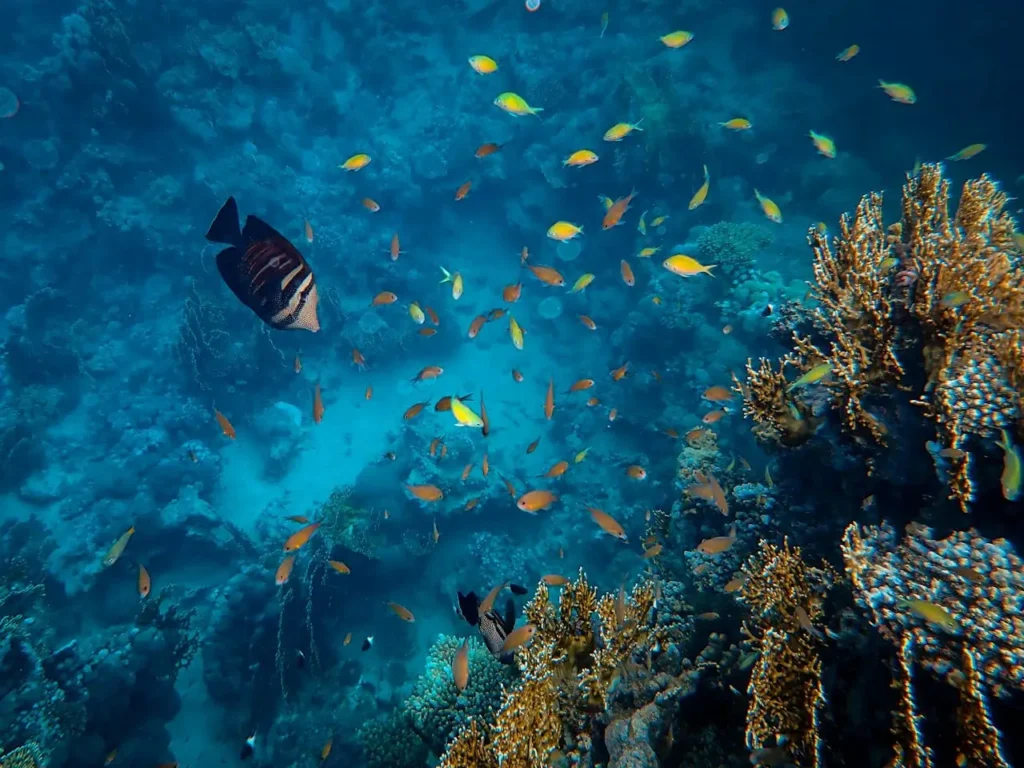
Looking for adrenaline? This reef is famous for its deep drop-offs that create dramatic underwater seascapes. It’s also a hotspot for spotting shark species, such as tiger sharks and hammerheads, especially during their migration seasons.
Best Time to Dive: Seasons and Conditions
One of the most divine aspects of the Red Sea is that it offers year-round diving opportunities, yet certain seasons bring unique experiences.
Here’s the breakdown:
- Winter (December–February): Cooler waters (21-23°C) are perfect for comfortable wetsuit diving with fewer crowds.
- Spring (March–May): Warmers waters entice hammerheads and whale sharks to make their appearance.
- Fall (September–November): Visibility peaks in the fall, offering immaculate conditions for underwater photography.
For shark enthusiasts, May to October marks the pinnacle of shark-spotting activity, with migratory species frequenting popular dive sites.
Planning Your Dive Trip
A well-planned trip ensures a peak experience. Here’s what you need to keep in mind:
What to Pack
- Scuba essentials: mask, fins, wetsuit, dive computer.
- Reef-safe sunscreen (to protect the fragile coral ecosystems).
- Proper certifications (Advanced Open Water for certain dive sites like Elphinstone Reef or Blue Hole).
Top Dive Operators and Liveaboard Options
Choosing a reliable guide or liveaboard service is crucial, as they enhance not just safety but also the quality of your dives. Consider Emperor Divers Liveaboards or Red Sea Aggressor, both known for their stellar customer service and luxurious offerings.
Travel Essentials
- Visas: Check Egyptian visa requirements before arrival.
- Currency: The Egyptian Pound is the local currency, and carrying some cash for tips is always handy.
- Vaccinations: While not mandatory, vaccinations like Hepatitis A and Typhoid are recommended for tropical travel.
Marine Conservation Efforts: Play Your Role
You’re not just a visitor; you’re part of this delicate ecosystem. Maintaining the health of the Red Sea’s coral reefs and marine habitats is essential. Simple changes, like using reef-safe sunscreen and avoiding single-use plastics, can make a massive difference.
Some dive operators ensure eco-friendly practices like mooring instead of anchoring on reefs—opt for those to minimize your footprint.
Conclusion:
As you pack your gear and count down the days, envision yourself gliding through kaleidoscopic coral gardens or coming face-to-face with a curious reef shark. The Red Sea isn’t merely a trip destination; it’s a life-changing journey into a mesmerizing underwater world.
Now’s the time to jump into action—plan your adventure, explore the diving wonders of the Red Sea, and let this incredible marine paradise leave an indelible mark on your heart. Adventure awaits beneath the waves!
Ready to explore these breathtaking diving sites? Book your dive trip today and uncover the treasures of the Red Sea for yourself!
FAQs About Diving Hotspots in the Red Sea
What are the must-visit diving sites in the Red Sea?
Without a doubt, hotspots like Ras Mohammed, Blue Hole, and Brothers Islands should top your list. Adventure junkies will love Elphinstone Reef, while drift diving aficionados will adore the dynamic Straits of Tiran.
Is scuba diving in the Red Sea beginner-friendly?
Absolutely! While advanced sites like the Blue Hole cater to seasoned divers, gentler locations at Ras Mohammed and Hurghada reefs are beginner-friendly.
What’s the best time of year for diving in the Red Sea?
Though diving is possible year-round, October to November and March to May are the peak seasons, showcasing the best marine life and visibility.
Do I need special certifications for diving in the Red Sea?
Yes. Basic Open Water certification suffices for shallow reefs. However, advanced certifications are highly recommended for deeper dives or challenging sites like Blue Hole.
